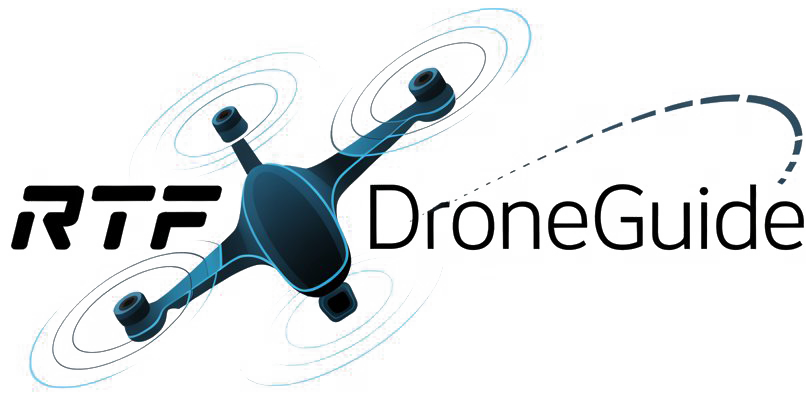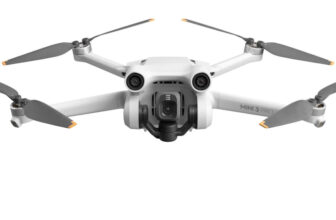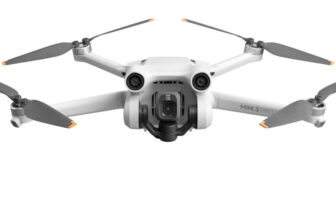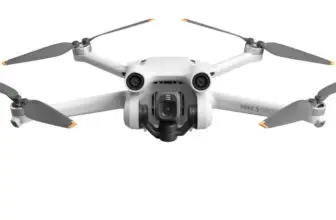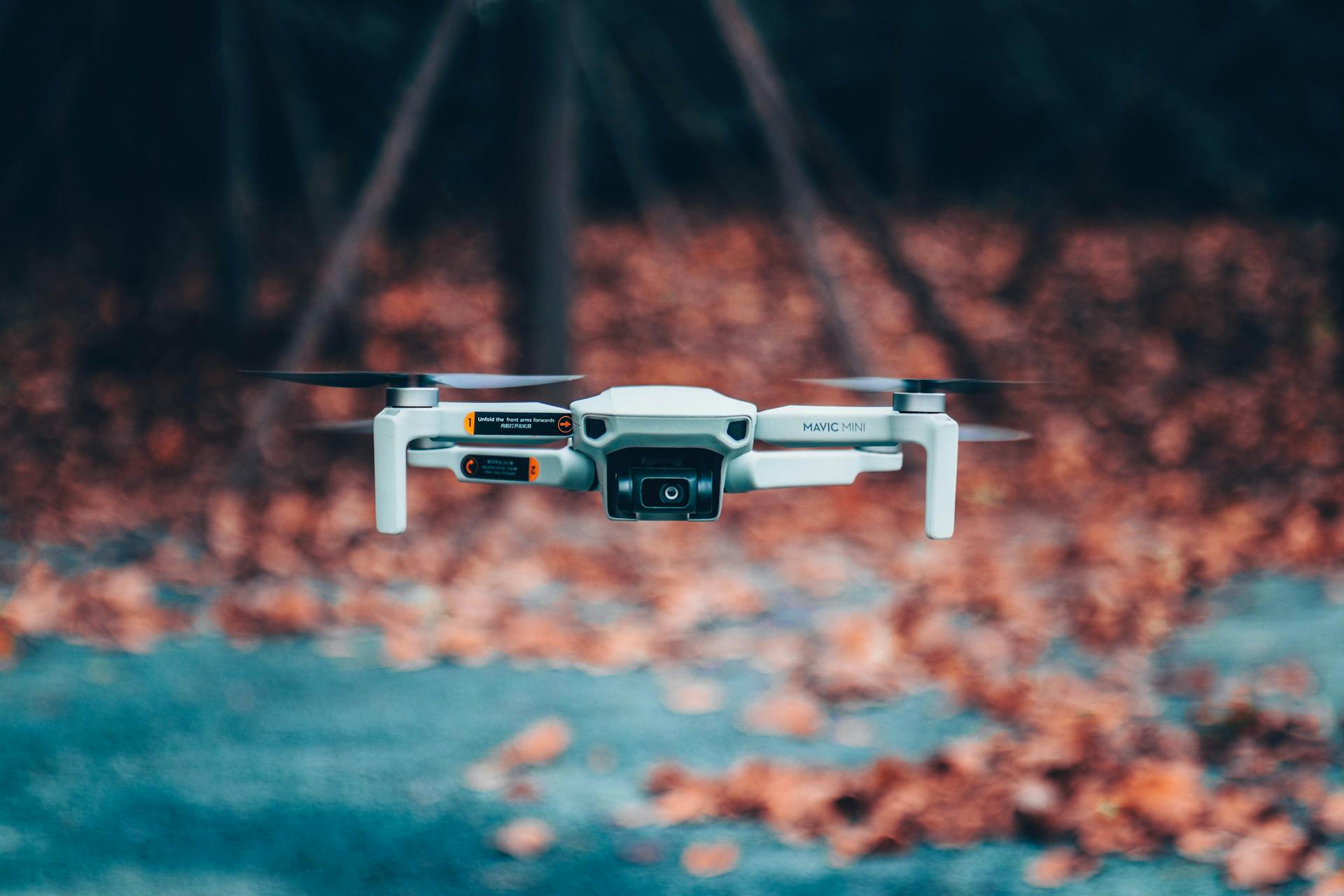
Mini drones are compact, effectively lightweight aircraft often utilized for recreational purposes, aerial photography, and surveillance. Their small size makes them highly maneuverable in tight spaces, and they often come equipped with various features that enhance their functionality and ease of use. One such critical feature is obstacle avoidance, which significantly elevates the safety and ease of navigation of mini drones.
What is Obstacle Avoidance?
Obstacle avoidance refers to a drone’s capability to detect and steer clear of physical barriers in its flight path using various sensors and technologies. This functionality is vital for beginner pilots and experienced operators using the drones in complex environments. Drones with obstacle avoidance reduce the risk of crashes and collisions, providing a seamless flying experience.
Key Technologies Behind Obstacle Avoidance
- Ultrasonic Sensors: These sensors use sound waves to detect obstacles. They emit sound waves and analyze the echo that returns. By determining the time taken for the echo to return, the drone can gauge the distance to nearby objects effectively.
- Lidar (Light Detection and Ranging): Lidar technology requires a laser to measure distances by sending out bursts of light. Drones employing Lidar are adept at creating 3D maps of their surroundings, allowing them to navigate safely through complex environments.
- Computer Vision: Utilizing cameras and advanced algorithms, drones equipped with computer vision can “see” obstacles and make real-time decisions. This technology involves image recognition software that identifies potential hazards.
- Infrared Sensors: Infrared sensors detect heat emitted by objects, which allows the drone to spot obstacles before they intersect with its path. This is especially useful in poor lighting conditions.
- GPS and IMUs (Inertial Measurement Units): A combination of GPS data and IMU sensors ensures that the drone maintains stable flight while accessing location information to avert potential collisions based on its flight path.
Benefits of Using Mini Drones with Obstacle Avoidance
- Safety: One of the paramount advantages of drones featuring obstacle avoidance technology is enhanced safety. The risk of accidents, especially for your drone and surroundings, is significantly reduced. This is particularly crucial for beginners who may struggle with operating a drone smoothly.
- Ease of Use: Drones equipped with obstacle avoidance are more user-friendly. These models often include modes such as “follow me” or waypoint navigation, which simplify the flying experience for casual users.
- Versatility: Drones with built-in obstacle avoidance systems are effective in various environments, such as urban landscapes, dense forested areas, and narrow interiors. These drones enable enthusiasts to explore environments previously considered challenging.
- Real-time Flight Adjustments: Equipped with sensors, mini drones can make rapid flight adjustments in response to detecting obstacles. This agility enhances not only safety but also capture quality, particularly in aerial photography.
- Automated Features: Many feature-packed mini drones come with built-in features such as auto-return home, hover mode, and headless mode, providing enhanced control while flying and ensuring an improved overall experience.
Top Mini Drones with Obstacle Avoidance
1. DJI Mini 2
The DJI Mini 2 is a premier option for enthusiasts seeking a compact drone with exceptional obstacle avoidance capabilities. Weighing just 249 grams, it offers a 4K camera, a remarkable 31-minute flight time, and an array of intelligent flight modes. While primarily focused on outdoor use, its sensors help avoid obstacles during flight, allowing for smoother operation.
2. Holy Stone HS720
The Holy Stone HS720 stands out for its folding design and built-in GPS, making it both portable and easy to handle. With a 1080P HD camera, it can capture vast landscapes while using its sensors for effective obstacle detection. The advanced GPS enables features like automated return to home, enhancing safety in crowded areas.
3. Parrot Anafi
Featuring a unique 180-degree tilt gimbal camera, Parrot Anafi offers stunning recording capabilities. It’s relatively lightweight and features a variety of piloting modes that work in tandem with its obstacle avoidance technology. The drone’s powerful sensors allow it to navigate through atmospheric challenges, navigating around trees or buildings with ease.
4. Skydio 2
The Skydio 2 is perhaps the most advanced mini drone with noteworthy obstacle avoidance technology. It can track subjects seamlessly and navigate complex three-dimensional spaces better than many drones on the market. Equipped with a 4K camera, it employs a deep learning algorithm to understand its environment and avoid obstacles autonomously.
5. Yuneec Breeze
The Yuneec Breeze is a popular drone among beginners. Its ease of use, along with a built-in obstacle avoidance feature, makes it a go-to choice for novices. It ensures that users enjoy their first flight experience without the fear of crashing the drone into an unforeseen obstacle.
Selecting the Right Mini Drone with Obstacle Avoidance
When looking for a mini drone with obstacle avoidance capabilities, several considerations can help prospective buyers make an informed choice:
- Flight Time: Check for drones that offer prolonged battery life. Ideally, look for models that provide at least 20 to 30 minutes of flying time.
- Camera Quality: Consider the camera specifications, especially if aerial photography is a priority. Higher resolution and additional features like stabilization can provide significant benefits.
- Build Quality: Assess the construction materials and design. Durable and lightweight materials prolong drone lifespan and performance.
- User Reviews and Ratings: Reviews can provide invaluable insight into real-world performance and user satisfaction. Look for drone models that have been favorably reviewed for their obstacle avoidance capabilities.
- Price: Set a budget but ensure to consider long-term value. Sometimes, investing a little more upfront can provide greater functionality and fewer repairs down the line.
Future Trends in Mini Drones with Obstacle Avoidance
The future of mini drones is poised for significant advancements. Emerging technologies, such as improved AI and machine learning, will enhance obstacle avoidance capabilities, allowing drones to navigate more complex environments autonomously. Developments in battery technology promise longer flight times and better energy efficiency.
Functionalities such as swarm intelligence could revolutionize how mini drones operate together, ensuring not just individual safety but collaborative obstacle avoidance. As regulations surrounding drone usage evolve, the integration of more advanced obstacle detection systems will likely become a standard for compliance and safety.
Conclusion
Mini drones with obstacle avoidance technology represent the cutting edge of drone innovation. The combination of safety, ease of use, and advanced capabilities makes these drones suitable for a variety of applications, from recreational flying to professional imaging. When selecting a model, it’s essential to balance features, build quality, and user experience to find a drone that meets individual needs. As technology progresses, there’s no doubt that mini drones will continue to advance, providing even greater utility and excitement for users around the world.
